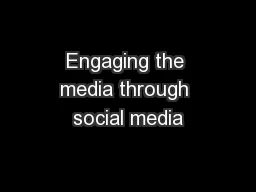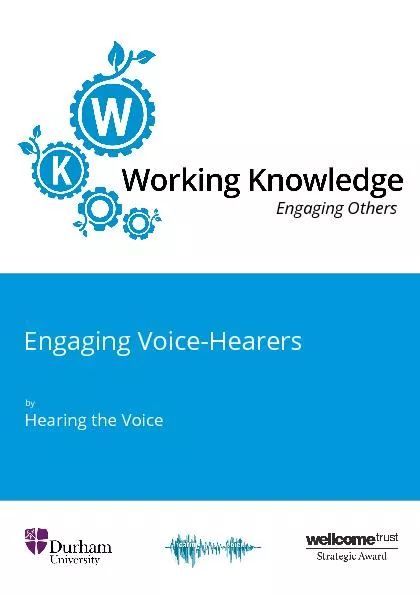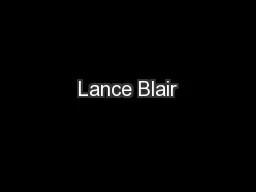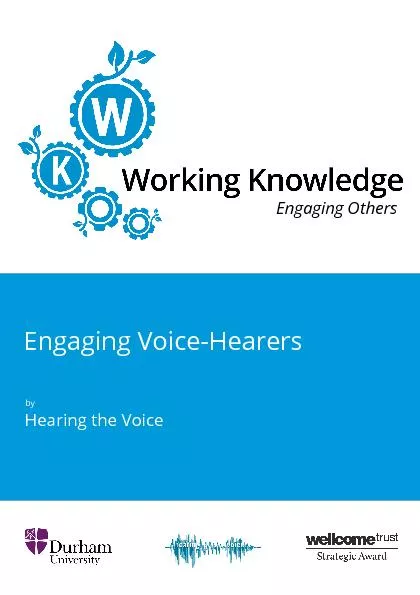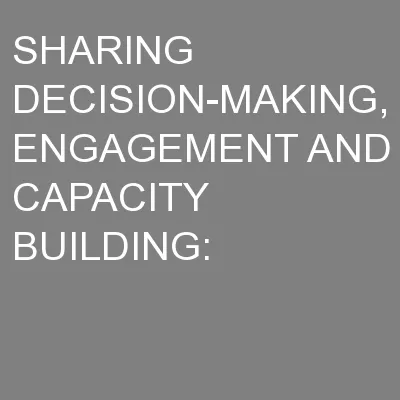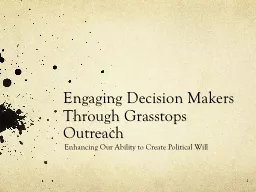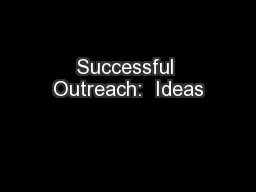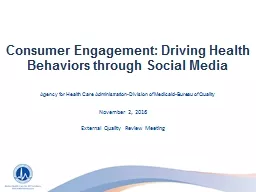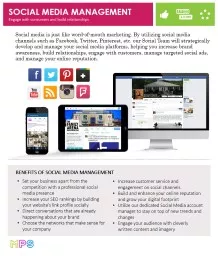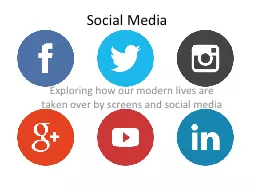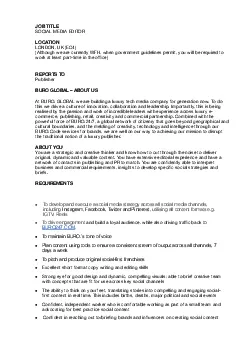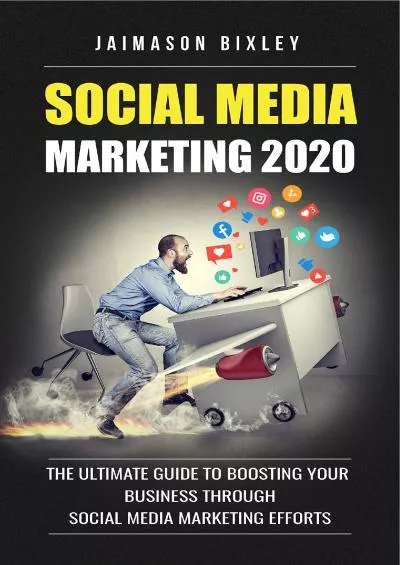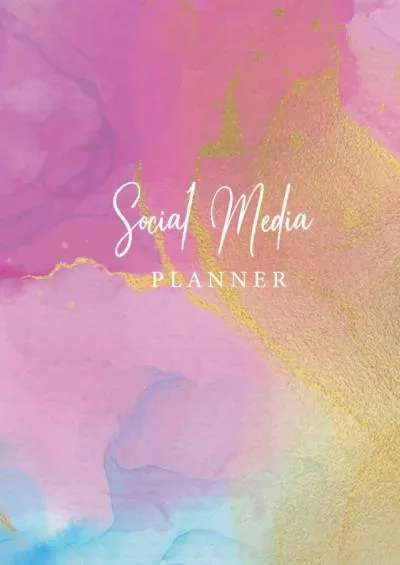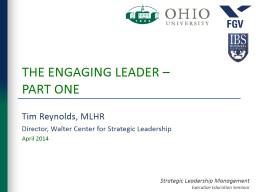PPT-Engaging the media through social media
Author : tatiana-dople | Published Date : 2017-10-19
Jason Pohl July 15 2016 Where were going Introductions How it used to be Why its better now How journalists do journalism How journalists use social media How good
Presentation Embed Code
Download Presentation
Download Presentation The PPT/PDF document "Engaging the media through social media" is the property of its rightful owner. Permission is granted to download and print the materials on this website for personal, non-commercial use only, and to display it on your personal computer provided you do not modify the materials and that you retain all copyright notices contained in the materials. By downloading content from our website, you accept the terms of this agreement.
Engaging the media through social media: Transcript
Download Rules Of Document
"Engaging the media through social media"The content belongs to its owner. You may download and print it for personal use, without modification, and keep all copyright notices. By downloading, you agree to these terms.
Related Documents

